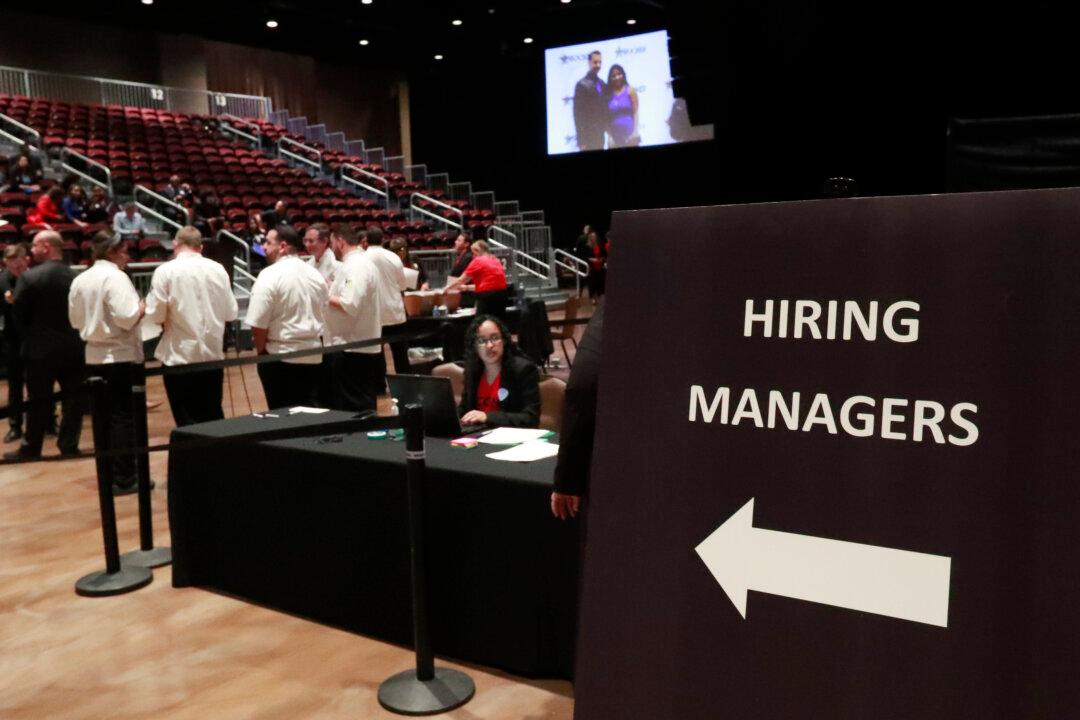America’s economy added some 1.4 million jobs in August while unemployment fell by more than economists anticipated, as the labor market continues its grueling recovery from the depths of the COVID-19 recession.
The Labor Department’s closely watched jobs report, released Friday, showed that nonfarm payrolls increased by 1.371 million last month after the economy added 1.734 million jobs in July. The unemployment rate fell to 8.4 percent in August from 10.2 percent in July. Economists polled by Reuters predicted U.S. employers would hire 1.4 million workers in August and that the unemployment rate would fall to 9.8 percent, with the better-than-expected jobless number flashing an encouraging sign for economic recovery.





